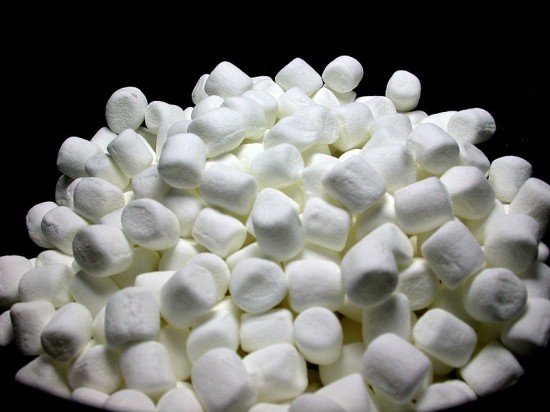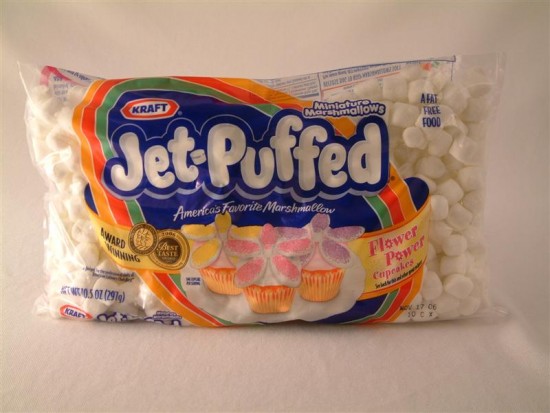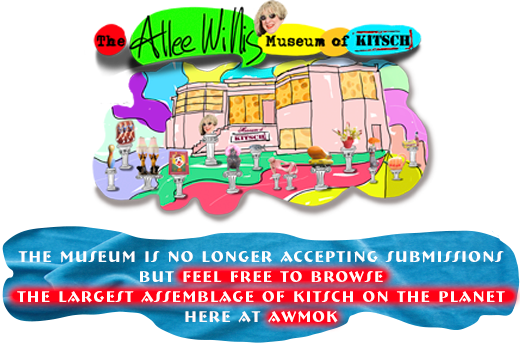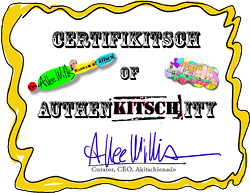 For those of you who have never misplaced a bag of mini-marshmallows for a year, I have to say that it has had some interesting effects on the marshmallows. In the interest of scientific inquiry, I have examined some of those effects. Here’s what I’ve found.
For those of you who have never misplaced a bag of mini-marshmallows for a year, I have to say that it has had some interesting effects on the marshmallows. In the interest of scientific inquiry, I have examined some of those effects. Here’s what I’ve found.
The marshmallows do not appear to have spoiled, in the sense of becoming unsafe to eat. They have no mold, discoloration, or off taste.They have, however, become glued together into a solid mass of marshmallow. To eat some, as of course proved necessary during the scientific investigation, you don’t simply grab a handful; instead, you must reach into the bag and rip off a hunk.
Doing so is made a bit more difficult by the other main effect of aging on the marshmallows: they have become a good deal firmer and chewier in texture than when they were new. One can see this as a good thing, actually, as new marshmallows are so soft and squishy that there is no challenge in eating them; they put up no resistance, require no effort to chew. Well-aged marshmallows, though, resist enough to be interesting, but not so much as to make eating them a chore. Aging them much more than a year would probably increase the chewiness to unpleasant levels.
In conclusion (having finished the contents of the bag last night), it is clear that further research is needed. Tests must be made on the effects of aging for shorter and longer periods, in the hopes of finding an ideal age for consumption purposes. However, it is unlikely that my wife will allow any further tests on my part (especially if she ever reads this!), so I must appeal to the scientific community at large to carry on my researches.
(Originally posted as a Facebook note on Sunday, July 25, 2010 at 2:56pm Pacific Time.)
















Allee Willis
Quite adventurous of you!!
I would probably like the minis better in a hunk. Sounds like they would make interesting gum too.
I did a similar experience with Orbitz soda once. I wanted to see the effects of sun on the little gelatin balls inside of it so left it in an “Evening with Helen Reddy” glass on my kitchen window sill for three months. The balls did fade in the sun but never lost any of their suspension qualities. I still have at least 100 bottles of Orbitz as they sponsored a party of mine once and they all look as pristine as the day they came from the factory. Mini marshmallows and Orbitz would make a mighty snack indeed!
Lisa Rios
Loosely related…. I bought a lb. size bag of these mini marshmallows to use in a fruit salad. A few hours later I go to fix the salad. I can’t find the marshmallows. Could have sworn I left them on the counter in the kitchen. I tear apart the kitchen looking for where I stashed the marshmallows. Nothing. Gone. I even checked the trash, as I’ve been known to accidentally throw things away. I think I’m going nuts. I turn to look at my cat and I see her whiskers are covered in white. Then I run to her super secret hiding spot by her litter box, and there is the bag of marshmallows, ripped open, white goopy stuff everywhere. I didn’t understand this. I had left sweets on the counter overnight before without her getting in to it. So I wondered, what’s in the marshmallows that would make her grab a bag as big as her, get it off the counter, drag it 30 – 40 feet, make her rip and bite through the plastic bag, all in a few short hours…..
Beef tallow. Ewwww.
windupkitty
LOVE this post!! I’m so glad to see someone using the powers of science for such important research….Your pancreas might feel otherwise though…
Maybe it was the beef tallow (blech!) but ya know, one of my cats is obsessed with sweet food…..She LOVES cantucci biscotti, especially homemade ones (with anise seed especially), but she will truly do anything to get anything sweet…I bet she’d eat marshmallows…
Michael Ely
I hate marshmallows and this post is going to give me nightmares!